#funerary Art
Explore tagged Tumblr posts
Text

~ Vignette from funerary papyrus (Book of the Dead) from papyrus N 3149.
Period: Ptolemaic Period
Medium: Papyrus
#ancient#ancient art#history#museum#archeology#ancient egypt#ancient history#archaeology#egyptian#egyptology#egypt#book of the dead#funerary art#funerary papyrus#papyrus#sistrum#hieratic#crown#atum#vignette#Ptolemaic Period
719 notes
·
View notes
Text
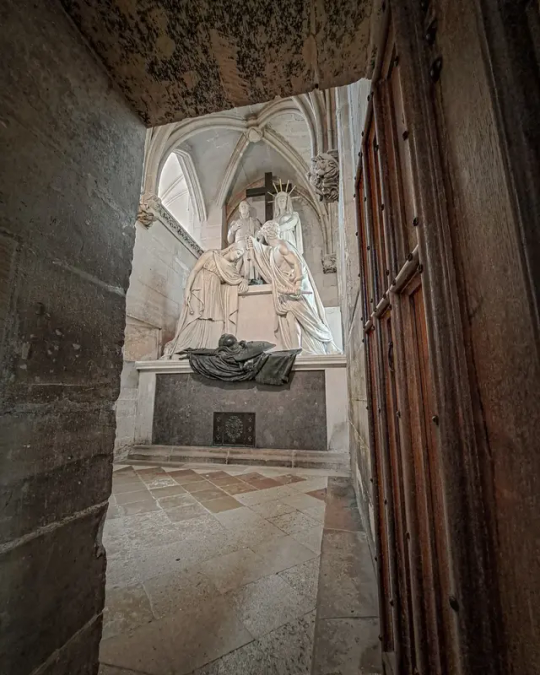

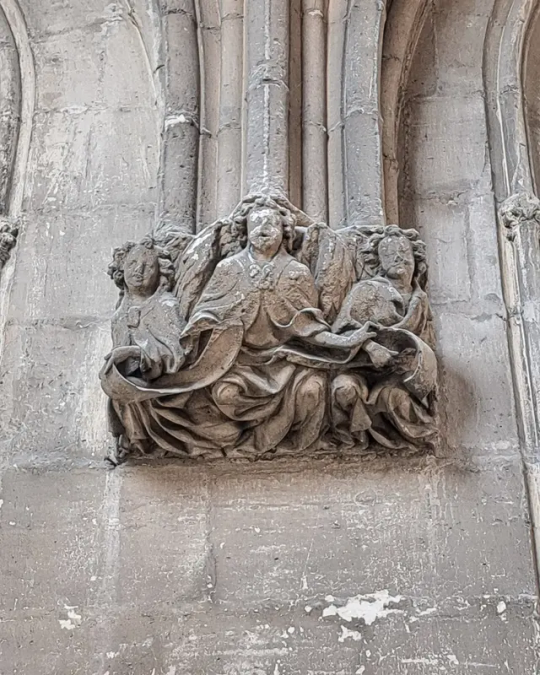
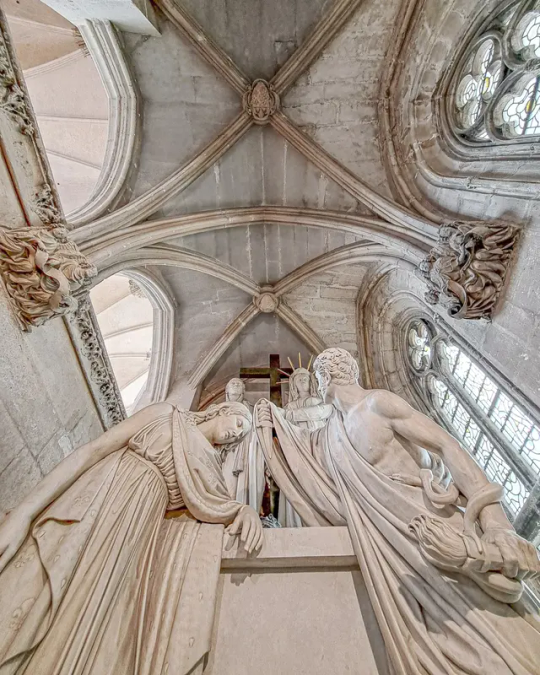
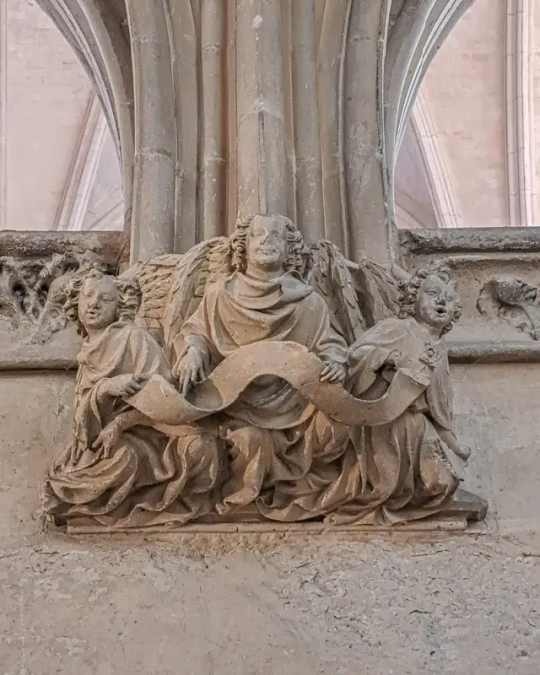

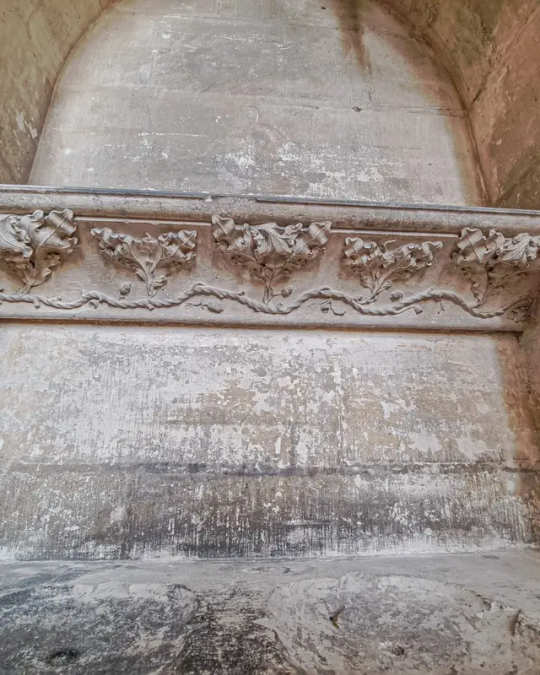
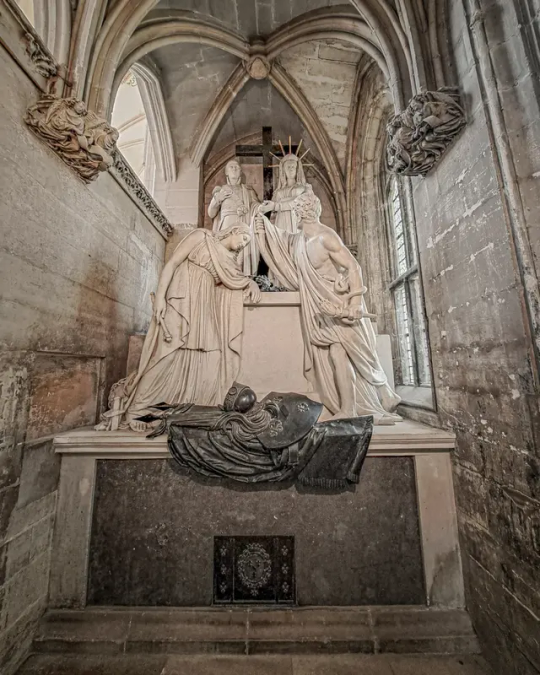
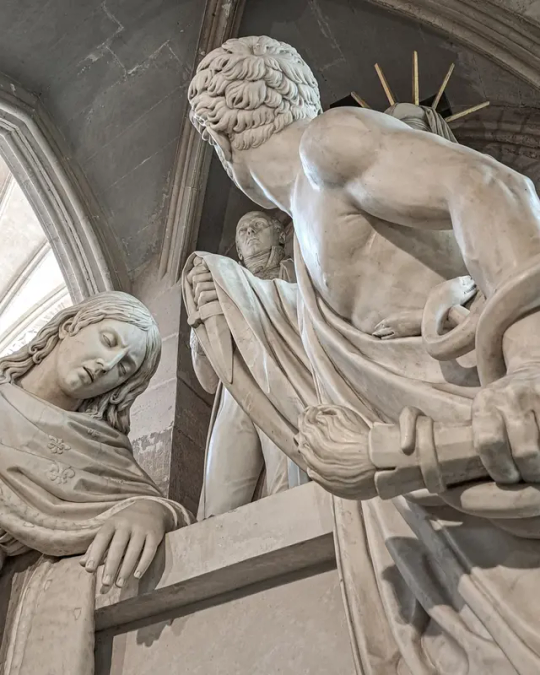
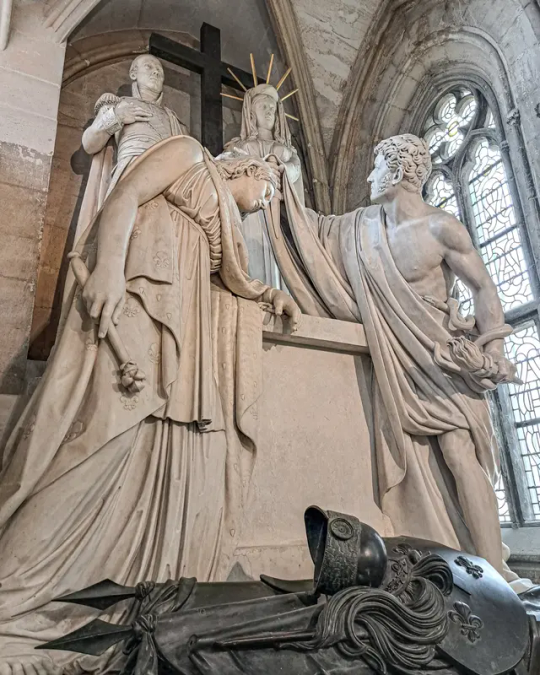
The Sainte-Chapelle de Vincennes is a Gothic royal chapel within the fortifications of the Château de Vincennes on the east edge of Paris, France. It was inspired by the Sainte-Chapelle, the royal chapel within the Palais de la Cité in Paris. It was begun in 1379 by Charles V of France to house relics of the Passion of Christ. It is no longer used as a church, and is now a French historical monument operated by the Centre des monuments nationaux.
Here on display the side chapel with the tombe of the Duc d'Enghien who was executed in 1804. (He was charged , innocently it seemed afterwards, to be involved complotting against First Consul Napoleon Bonaparte.) The sculpture is made by Pierre Louis Deseine in 1824.
#vincennes#chateaudevincennes#europe#architecture#historic buildings#architectural history#history#art history#historical#france#paris#sculptor#sculpture#scultura#tombeau#tombstone#tomb#tombe#neoclassico#neoclassicism#neoclassical#gothic#memorial#chapel#chapelle#funerary art#artwork#art#arte#explore
612 notes
·
View notes
Text
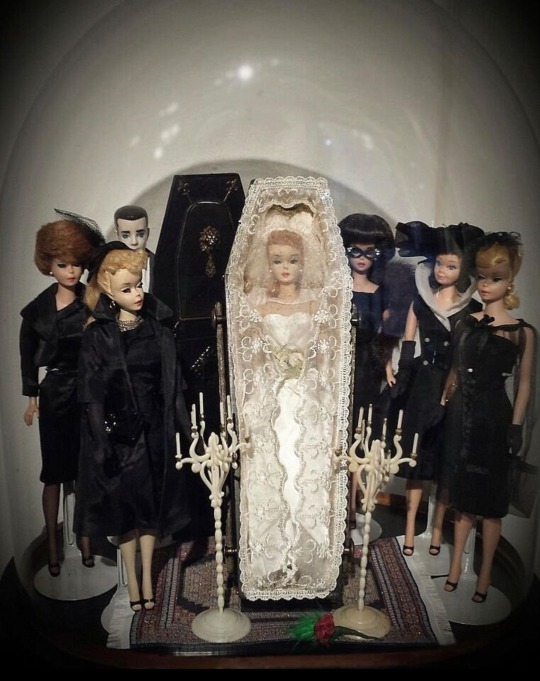
Funeral Barbie diorama by Paolo Schmidlin. From his collection of vintage Barbies, part ofthe "Barbie Around the World" exhibit at the Barbara Frigerio in Italy
#Barbie#goth barbie#gothic#goth#goth aesthetic#barbenheimer#vintage barbie#spooky#funeral#art#toy collector#barbie collector#undertaker#caskets#party coffin#halloween#funerary art#funerals#hearseposting#hearse
3K notes
·
View notes
Text

Ram-shaped Rhodian Aryballos
Early Archaic Greek Period, c. 650 BCE
East Greek, Rhodes, Siana Cemetery
Ceramic, paint, H 8 x L 14.5 x W 4.5 cm
On display at Penn Museum MS3494
#animals in art#european art#museum visit#ram#animal effigy#effigy vessel#Penn Museum#ancient art#Greek art#tomb art#funerary art#aryballos#ceramics#pottery
198 notes
·
View notes
Text

Head of a funerary couch, in the shape of Ammit 😛
Ammit is a celestial beast who bestows final judgement on the deceased and devours the unjust in the court of Osiris.
Populalrly depicted in funerary texts like the Book of the Dead, Ammit is usually a combination of a crocodile's head, the front legs of a lion, and the hindquarters of a hippopotamus.
Found among three ritual funerary couches in Tutankhamun's antechamber and made of stuccoed gilded wood with each animal's eyes inlaid with colored glass paste, this particular couch is variedly composed of a curiously different configuration: a hippopotamus' head wearing a wig, a leopard's body, and a crocodile's tail and crest
#art#weird#archaeology#sculpture#ancient#ancient art#tutankhamen#tutankamon#ancient egypt#egyptology#egypt#egyptian art#ancient egyptian art#funerary customs#funerary art#book of the dead#ammit#kemetic#ancient kemet#kemet
595 notes
·
View notes
Text

Painting of two Etruscan Underworld deities at the entrance of the Tomb of Anina (Anina being the name of the family which commissioned the tomb), near Tarquinia, dated to the middle of the 3rd century BC. On the left is Charun, holding a hammer, while the figure on the right, holding a torch, is Vanth.
#etruscan religion#etruscans#etruria#etruscan art#chthonic deities#afterlife#tomb#funerary art#ancient rome#i am once again amazed at the colours these etruscan paitings have#charun#vanth
220 notes
·
View notes
Text
Studying for my roman archaeology exam and coming across to a sarcophagus which was originally meant to depict Ariadne being left in Naxos, but then carved to turn Ariadne into Endymion.

Everybody congratulate on his top surgery.
#roman art#roman archaeology#roman empire#sarcophagus#white marble#ariadne#endymion#mythology#greek mythology#roman mythology#funerary art#exams#top surgery
70 notes
·
View notes
Text

Agramonte cemetery in Porto. Detail of the mausoleum of the Bessa-Leite family.
#goth#gothic#gothic architecture#funerary art#funerary architecture#neo gothic#revival#gothic revival#xix century#19th century#1800s#35mm#goth aesthetic#darkwave#romantic goth#neogoth
62 notes
·
View notes
Text
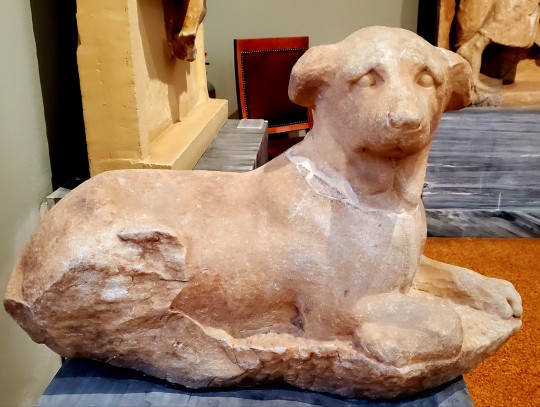
Funerary Statue of a Dog, Pentelic marble, Piraeus (Athens, Greece), c. 375-350 BCE
currently in the collection of the National Archaeological Museum (Athens, Greece), accession no. 3574
this statue is often interpreted as the faithful guardian of the deceased human entombed below him
#archaeology#art#classical archaeology#isaac.jpg#greek#hellenistic#piraeus#funerary archaeology#funerary art#animal figures
581 notes
·
View notes
Text

This is one of the only terracotta warriors that was found almost completely intact.
Note the detail on the bottom of his shoe, showing that grip and traction were considered in footwear even 2,200 years ago.
Each life-sized clay warrior was crafted to be completely unique and there are no two terracotta warriors-among the 8,000 total—that are exactly the same.
Shortly after the completion of the tomb in 210-209 BC, it was looted for weapons and burned, causing the roof to collapse, crushing the terracotta warriors.
All the other terracotta warriors that are currently on display were painstakingly restored.
What's even more remarkable is that the terracotta warriors were originally painted in bright colors by skilled artisans.
Unfortunately, when they were exposed to air and sunlight during the excavation in the 1970s, the colors began to curl up almost immediately and disappeared within minutes.
These terracotta warriors were put in place to guard the tomb of the first emperor of unified China — Qin Shi Huang (18 February 259 BC – 12 July 210 BC).
To this day, the tomb has yet to be opened.
According to ancient historians, the tomb contains an entire kingdom and palace in which the ceilings are decorated with pearls to mimic the night sky.
The tomb is also said to contain extremely rare artifacts and has been rigged with crossbows to shoot anyone trying to break in.
To keep its location a secret, the workers were entombed with the emperor.
As described by Han dynasty historian Sima Qian (145-90 BCE) in the Records of the Grand Historian, he mentioned that inside the tomb, "mercury was used to fashion the hundred rivers, the Yellow River and the Yangtze River, and the seas in such a way that they flowed."
Modern tests have indicated extremely high levels of mercury in the surrounding soil.
#Qin Shi Huang#terracotta warriors#Qin Dynasty#China’s First Emperor#clay warrior#Terracotta Army#Mausoleum of the First Qin Emperor#funerary art#Ancient Chinese Warfare#military power#terracotta sculptures#Shaanxi#China
166 notes
·
View notes
Text
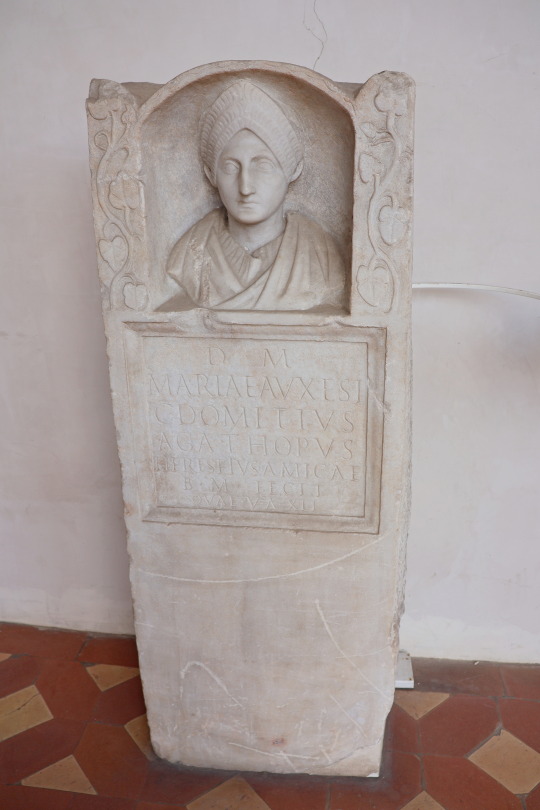
Ancient Roman funerary relief dedicated to Maria Auxesis, by her friend. She died at 41.
Early 2nd century CE.
Found in Rome, currently in the Terme di Diocleziano.
Feb. 2024
#funerary art#sculpture#baths of diocletian#terme di diocleziano#tomb#original photography#photography#taphophile#taphophilia#lensblr#photographers on tumblr#tombstone#museum#artifact#italy#italia#rome#roma#ancient rome#ancient roman#archaeology#ancient art#ancient history#antiquities#wanderingjana
18 notes
·
View notes
Text
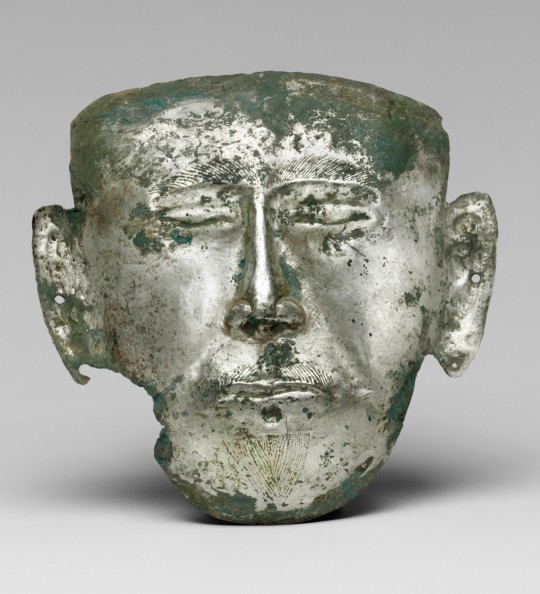
~ Funerary Mask.
Date: Late 900's to early 1000's
Culture: Chinese
Medium: Silver alloy
#history#museum#archeology#archaeology#mask#funerary art#funerary mask#china#chinese#asian#asian art#10th century#11th century#silver alloy
811 notes
·
View notes
Text








Prehistoric Pottery Selection 1, Kelvingrove Museum and Galleries, Glasgow
#ice age#bronze age#stone age#iron age#prehistoric#neolithic#prehistory#mesolithic#paleolithic#archaeology#beakers#collared urn#funerary art#pottery#pottery fragments#Scotland#ancient cultures#ancient living#ancient crafts#Glasgow
33 notes
·
View notes
Text

Funerary mask, 500BC-500AD, Argentina.
41 notes
·
View notes
Text
I somehow missed the memo that yesterday was #WorldWaterfowlDay, so in belated celebration I present Warrior Duck:

Vessel in the Form of a Warrior Duck (Pato Guerrero)
Moche, made in Huacas de Moche, Peru, 500-650 CE
Terracotta w/ mother of pearl, shell, and stone inlays
Museo Arqueológico "Santiago Uceda Castillo." Ministry of Culture of Peru VEX.2024.3.15
🆔 That distinctive beak shape suggests that Warrior Duck is one of the Spatula genus gang (aka shovelers & teals) 😎
Additional info via the Getty Museum:
“Here's what we know about it:
🔘 The bird holds a mace in one hand and a square shield in the other-typical arms and armor for Moche warriors.
🔘 Warrior ducks are among the many hybrid beings that can be seen in Moche art, but this creature is special.
🔘 The duck’s eyes are made of white shell and black stone, and mother-of-pearl inlays are on the wings, face, and shield—this is not your average pottery vessel.
🔘 Other finds in the burial, such as a gilded-copper lime container and copper adornments for clothing, suggest the deceased male was a significant figure, perhaps a priest.
🔘 The warrior duck vessel was found in fragments. We don’t know whether it contained anything. It may have been made for the burial, a prestigious offering that conveyed the dead man’s power and status.”
#animals in art#birds in art#bird#duck#Warrior Duck#Pato Guerrero#Moche art#Peruvian art#Andean art#South American art#Indigenous art#funerary art#ceramics#pottery#animal effigy#anthropomorphic#effigy vessel#waterfowl#water birds#World Waterfowl Day#ancient art
79 notes
·
View notes
Text

x
#moss#graveyard#cemetery#gravestones#taphophilia#headstone#grave#green#Burial Ground#taphophile#Dalquharran#funerary art#woodland#dailly#spooky season#mosscore#forestcore#historic site#cemeteries#tombstones#gravestone#old#moss covered#moss covered graveyard#moss covered tombstones
181 notes
·
View notes